The Meaning of Celtic Knots
Discover the deeper meaning of Celtic knots, their ancient roots, and how each design carries deep and natural symbolism.
Jack Utermoehl
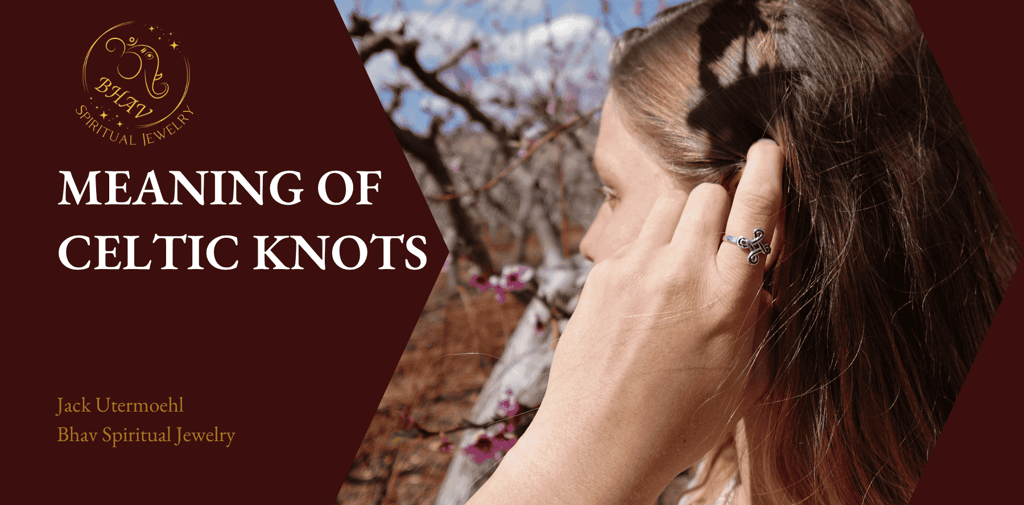

The Meaning of Celtic Knots
Celtic knots are instantly recognizable with their woven lines with no beginning and no end. People across cultures and generations have been drawn to these designs not just for how they look, but for what they represent.
They speak to something we feel deep down: that life is connected, cyclical, and full of meaning even when we can’t see the full pattern.
Whether you’ve seen them in artworks, ancient manuscripts, jewelry, tattoos, or carved into stone, Celtic knots carry a sense of mystery and purpose. And for many of us, wearing them is more than an aesthetic choice.
This article will help you understand what each type of Celtic knot symbolizes, and why people still wear them today. Whether you’re drawn to a knot for spiritual reasons, personal growth, or ancestral connection, there’s a reason it speaks to you.
Let’s explore what that might be.
Celtic Knot Meanings and Symbolism
Celtic knots are more than decorative patterns. Each one carries a unique shape and symbolic meaning that can support, reflect, or deepen a person’s inner path.
What draws someone to a particular knot is often intuitive. It may mark a life transition, offer protection, or serve as a reminder of a value they’re trying to embody.
Below are some of the most meaningful Celtic knot types and what they represent.
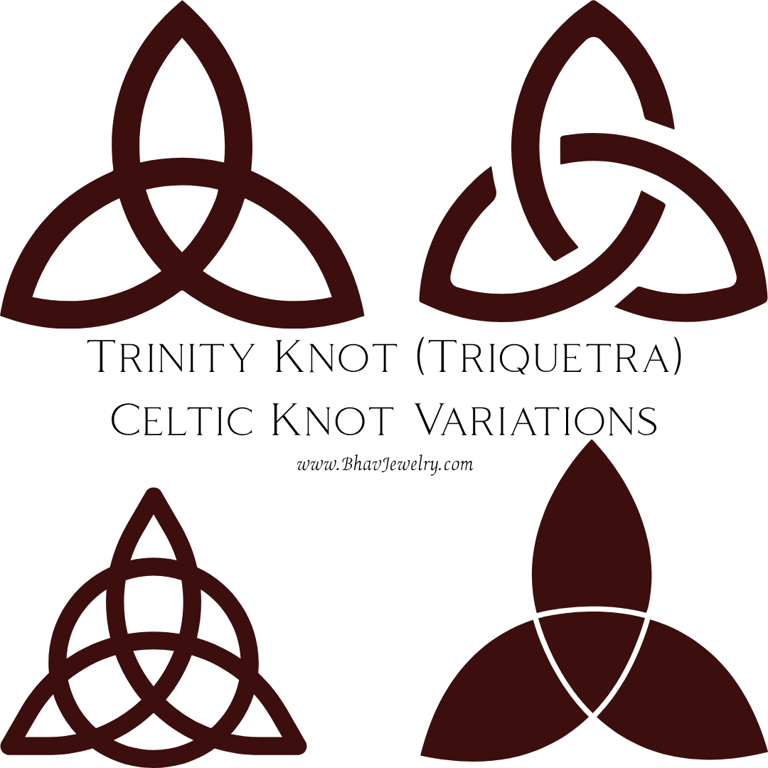

Trinity Knot (Triquetra)
Three overlapping loops form a single, unbroken design.
The triquetra is one of the most well-known Celtic knots. Its threefold shape has been linked to many trinities such as mind, body, and spirit, or time's phases of past, present, and future. In Christian tradition, it’s also used to represent the Holy Trinity.
People wear the trinity knot when they want to bring harmony to their life. It’s often chosen as a symbol of feminine balance, spiritual integration, or as a reminder of the interconnectedness of all things.
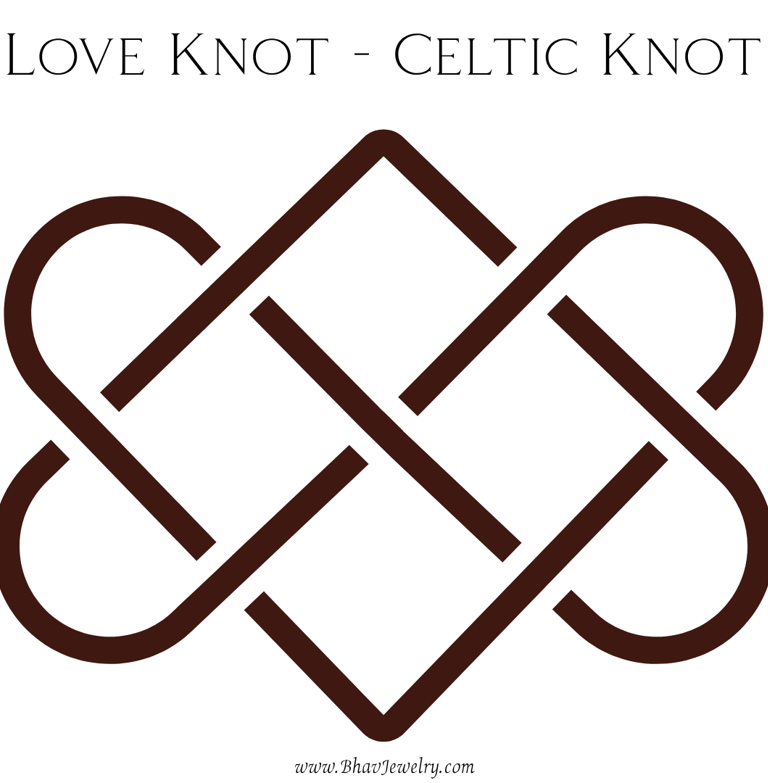

Love Knot
Two heart-like shapes interwoven into one continuous line.
The love knot is a clear symbol of connection. It reflects two individuals bound together. The endless line represents enduring commitment.
This knot is often worn by couples, given as a gift between soulmates, or chosen when love is being honored.
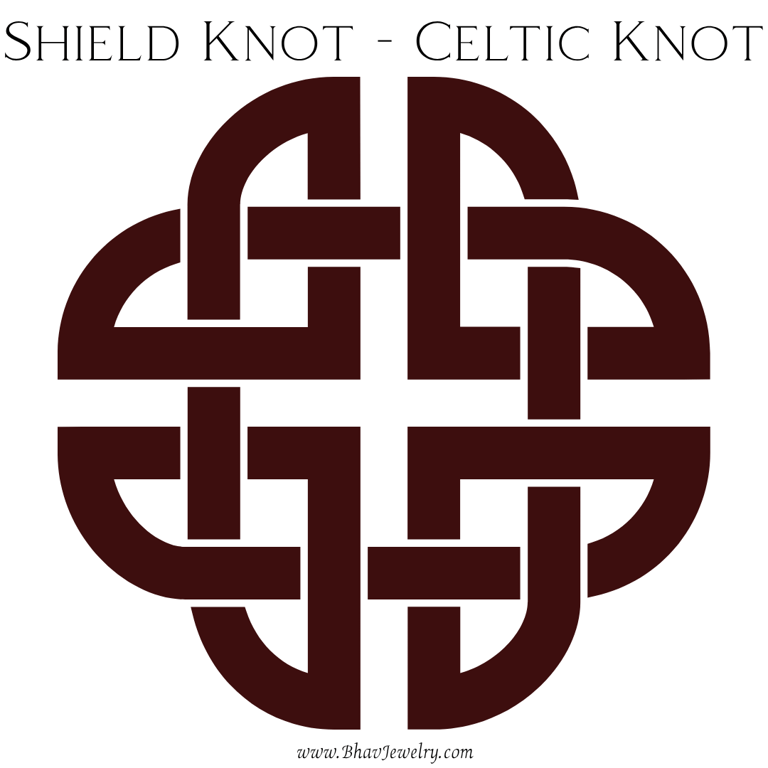

Shield Knot
A symmetrical design with four arms enclosed in a circle.
Historically, the shield knot was used for protection. It has been found on armor, gravestones, and sacred spaces. The fourfold symmetry and woven lines are believed to create a barrier against harm.
People wear the shield knot as a protective symbol. It’s especially powerful for those moving through difficult transitions, healing from illness, or seeking to establish stronger boundaries.
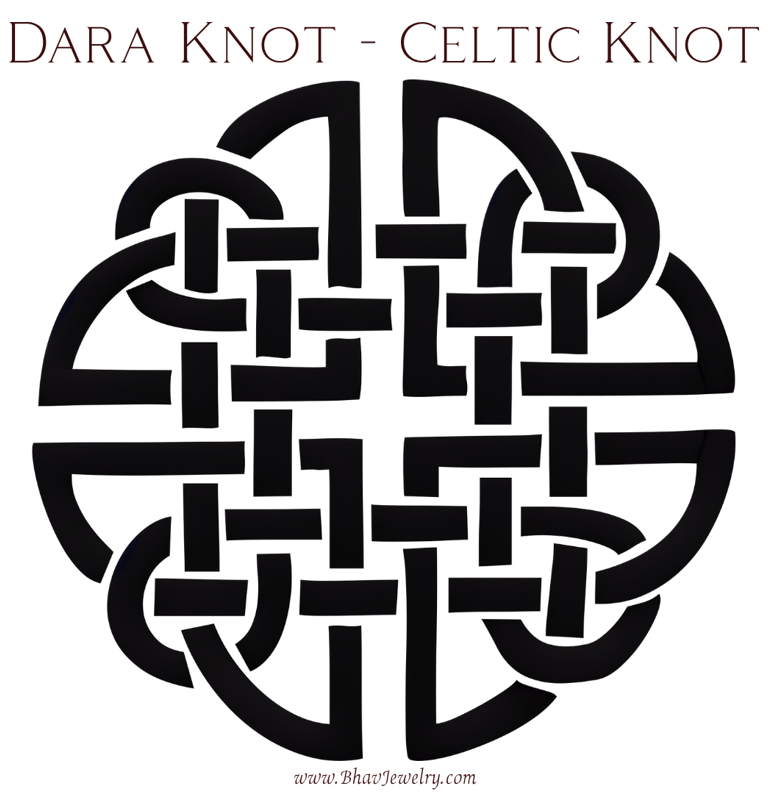

Dara Knot
An intricate root-like knot pattern inspired by the oak tree.
“Dara” comes from the Irish word for oak, a tree revered in Celtic culture for its strength and endurance. The knot mirrors the hidden structure beneath the surface speaking to the true power which often comes from what is rooted and unseen.
People choose the Dara knot when they need grounding and strength. It’s a symbol of resilience, often worn during challenging times.
Solomon’s Knot
Two interlaced loops crossing over and under each other.
Solomon’s knot has a balanced, geometric appearance. Unlike many Celtic knots that flow with curves, this one has sharper, cleaner lines. It has been used across cultures and is often associated with wisdom and the merging of opposites.
This knot is worn by those seeking insight. It can be a symbol of mental discipline, spiritual balance, or the union of intellect and intuition.
Sailor’s Knot
Two ropes woven into a tight, symmetrical loop.
This knot was said to be tied by sailors before long voyages, as a way to carry the memory of their loved ones. The simplicity of the weave creates a surprisingly strong bond that’s difficult to undo.
Today, it represents steadfast love and loyalty across time or distance. It’s often chosen by long-distance partners or those who value quiet, enduring devotion.
Celtic Spiral Knot (Triskele)
One continuous line that forms three spirals moving outward from a central point.
This is one of the oldest known Celtic designs, dating back to Neolithic sites. It speaks to the movement of life through growth, change, evolution, and the cycles of transformation.
The triskele is worn as a symbol of spiritual progress or creative energy.
Celtic Cross
A traditional cross with a circle connecting the arms.
While not a knot in the purest sense, the Celtic cross incorporates knotwork and carries deep symbolic meaning. It unites the Christian cross with the ancient symbol of the sun or the four elements. Some view the circle as the divine embracing or bridging the material world.
The Celtic cross is worn to represent faith, unity, and the bridging of worlds. Those with both Christian and Celtic roots often find it a meaningful symbol.
See our Celtic Cross Sterling Silver Pendant
Why We Wear Celtic Knots
People have worn symbols for as long as they’ve worn jewelry. Celtic knots are no exception. Each one is rich with meaning and intention, and for many, wearing them feels like a way to stay connected to something deeper.
For some, that connection is personal and inward. A knot might be worn as a reminder while others wear them as talismans during transition like a divorce, a new beginning, a loss, a birth. The meaning held in the knot offers support personal to the wearer.
Celtic knots also carry ancestral weight. Whether you have Irish, Scottish, or Welsh roots, or simply feel a pull toward the ancient and sacred, wearing these designs can offer a sense of belonging. They reflect a time when spirituality was embedded in the land, the seasons, and the symbols passed down through hands and generations.
They’re often given as gifts too. A love knot shared between partners. A shield knot offered to someone in recovery. A Dara knot chosen for a friend rebuilding their life. These designs speak louder than words.
And unlike a symbol tucked away in a book or a memory, jewelry allows you to carry it with you. It becomes part of how you move through the world.
At Bhav, we offer several Celtic knot pieces for this very reason. Each one is cast in sterling silver and chosen for its symbolism and simplicity:
The Tiny Triquetra Celtic Knot Ring is dainty and detailed.
The Triquetra Celtic Knot Band is bold and strong.
Our Quaternary Celtic Knot Pendant and Matching Quaternary Ring speak to the sacred nature of four.
If you're exploring which knot resonates most with your own story, take time. Let your intuition guide you. The right symbol often arrives when you’re ready to carry it.
Choosing a Celtic Knot
There’s no single right reason to wear a Celtic knot. Often, it’s the one you keep coming back to which you'll notice as the shape that lingers in your mind or draws your eye. Still, if you’re exploring which knot might support you right now, here’s a simple guide:
Seeking protection? Choose the Shield Knot
Healing from heartbreak? Look to the Love Knot
Reclaiming your strength? Wear the Dara Knot
Embracing personal growth? The Spiral Knot (Triskele) may reflect your path
Honoring your faith or balance in life? The Trinity Knot offers depth and clarity
Strengthening a long-distance bond? Consider the Sailor’s Knot
Seeking inner wisdom? Let Solomon’s Knot guide you
Let this be an invitation, not a rule. The knot that speaks to you may not match a definition. That’s often the most meaningful kind.
Take your time. Trust the pull. Symbols have a way of finding us when we’re ready.
I often tell people at the Bhav Booth that when you fall in love with a piece of jewelry, a symbol, that it's not coincidence, it's actually you falling in love with an aspect of yourself.
Let your heart guide you.
A Brief History Behind Celtic Knots
Celtic knots are often thought of as decorative designs, but their roots go far deeper than ornament. They are part of a much older visual language speaking to how early cultures understood the world as interconnected, mysterious, and alive with unseen forces.
Some of the earliest known interlace patterns appear in Roman and Etruscan mosaics from the 3rd and 4th centuries CE. As Roman influence spread to the British Isles, these geometric motifs were absorbed and adapted by local Celtic artisans.
By the early medieval period, these patterns evolved into what we now call Celtic knots. They appeared prominently in religious manuscripts such as the Book of Kells and the Lindisfarne Gospels, both created by Irish monks during the 7th to 9th centuries. These books didn’t just contain scripture. They were sacred works of art, filled with intricate knotwork, spirals, and zoomorphic forms that framed the words of the Gospels in symbolism that extended far beyond Christian doctrine.
These designs weren’t just beautiful but they were also meant to be meditated on. They reflected a deeper truth about life’s continuity, divine order, and the unity of the physical and spiritual worlds.
The Celtic Worldview
To the ancient Celts, time was not linear. It moved in cycles, of day and night, of seasons, of life, death, and rebirth. This worldview is echoed in the endless nature of Celtic knots. The line has no beginning and no end. It turns in on itself, connects, separates, and reconnects just like we do through the seasons of life.
As Miranda Green explains in The World of the Druids, Celtic symbols often represented unseen forces rather than concrete deities. A knot embodied the interplay between this world and the Otherworld, the known and the unknown. These motifs were etched into stone, painted on shields, and woven into fabric as a way of bringing meaning into the material world.
Some of the symbols, like the spiral triskele, go back even farther. The triple spiral carved into the entrance stone at Newgrange in Ireland dates to around 3200 BCE. This ancient structure was built to align with the rising sun on the winter solstice, suggesting that long before formal religions, the people of these lands were already expressing their connection to nature, light, and rebirth through symbolic design.
Christianity and the Preservation of Pagan Wisdom
When Christianity spread through Ireland, Scotland, and Wales, it didn’t erase the old ways but it merged with them. The monks who created illuminated manuscripts were likely familiar with both the teachings of the Church and the spiritual traditions of their ancestors. The result was a unique visual language where crosses were wrapped in knots, and Gospels were framed with spirals and braids that hinted at something older, something still breathing underneath.
This blending of old and new made the symbols even more powerful. They became containers for layered meaning, capable of resonating with people from many paths.
Today, Celtic knots continue to speak across centuries. They are worn as symbols of strength, faith, love, and memory. Whether found in jewelry, tattoos, or sacred art, they remind us that we are part of something larger, a lineage of storytellers, makers, and seekers who used pattern and symbol to make sense of mystery.
When you wear a Celtic knot, you’re not only wearing history. You’re living it. The meaning you bring to it becomes part of the story it tells next.
What Will You Carry With You?
A symbol is not just worn, it is lived.
Each Celtic knot carries something more than design. It holds meaning, memory, and intention. If one speaks to you, it’s not by accident. These patterns have a way of finding us when we need them most.
Maybe you're looking for strength. Maybe you’re honoring a love that endures. Maybe you're simply drawn to the order of the lines, the feeling that something ancient and true lives within them.
Whatever the reason, let that be enough.
Take a moment. Reflect. And if you feel called to wear one, choose the knot that mirrors your path.
Explore our Celtic Knot Jewelry Collection
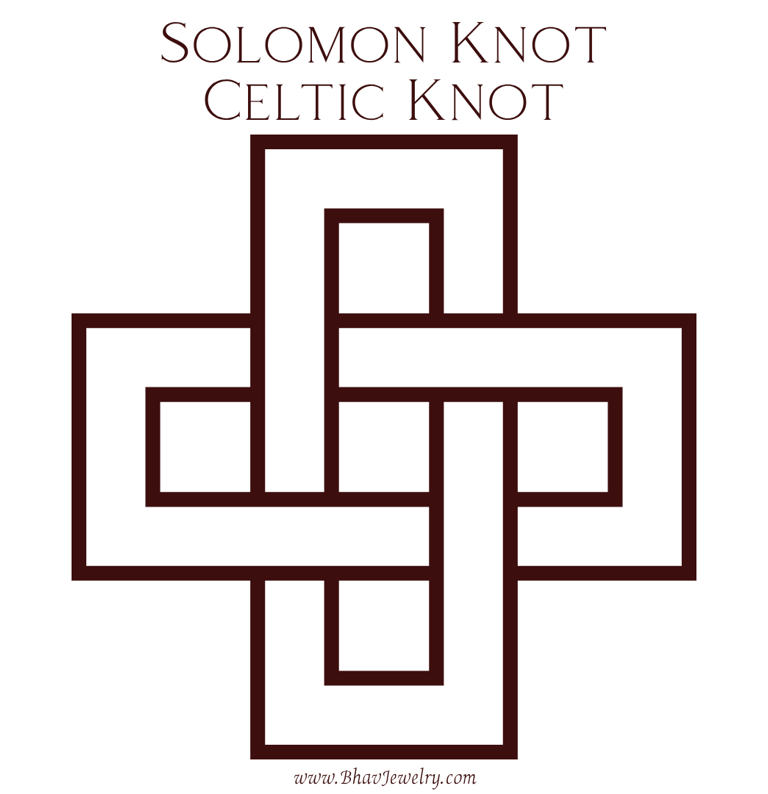

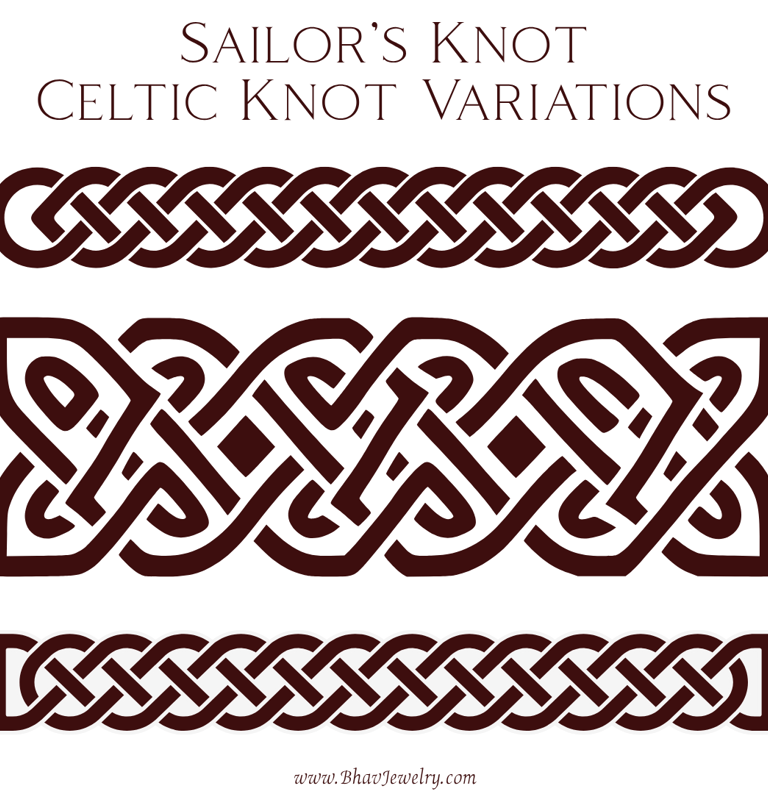

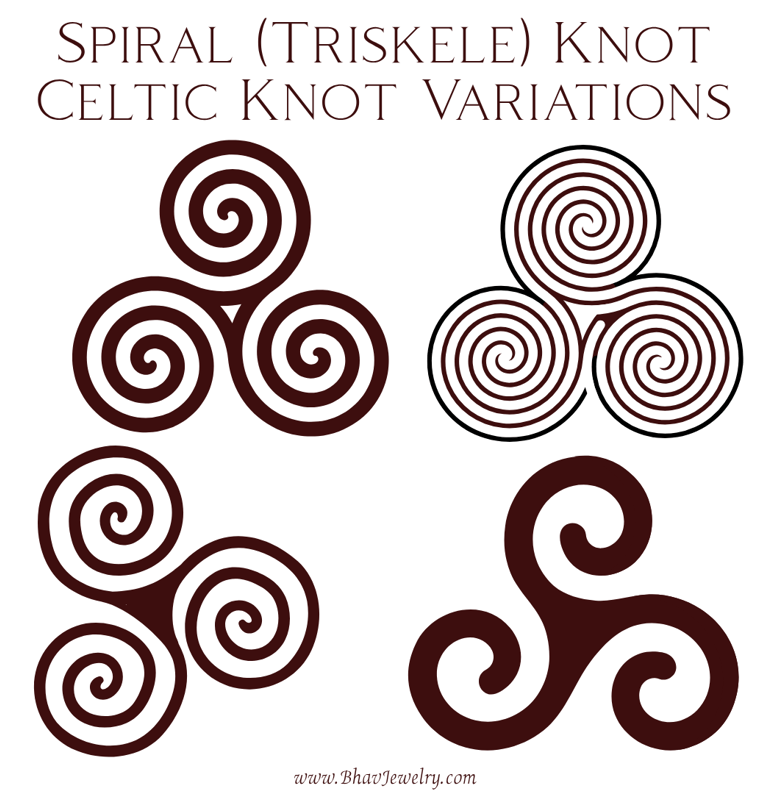

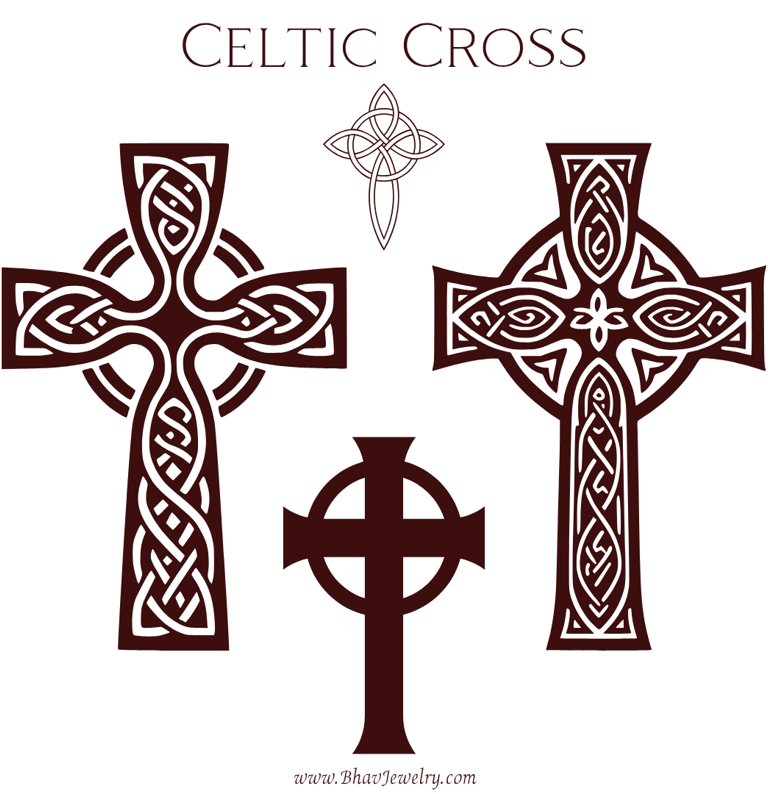

Bhav Spiritual Jewelry
Sacred Adornments for Every Path
Connect with Bhav
© 2025. All rights reserved.




